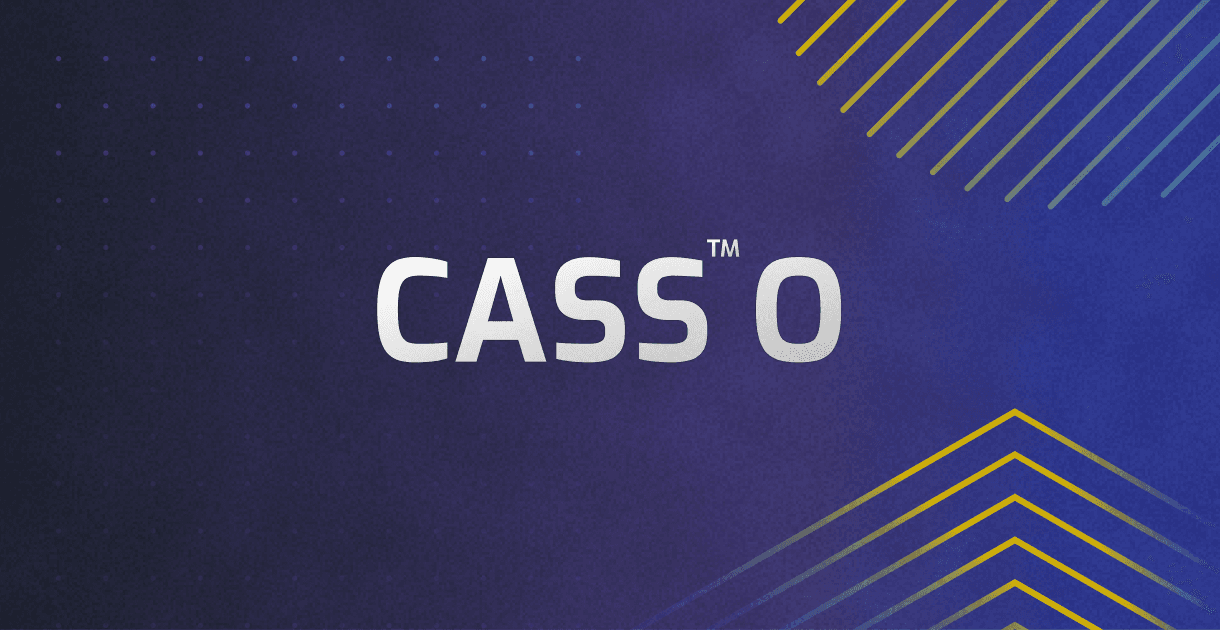What is Last Known Address and How Do You Use It?

Dealing with incorrect Last Known Addresses can be challenging for organizations, but strategies like using presort bureaus and following IRS guidelines can help.
A good definition of last known address is “The most recent address where a person is known to have lived”. Professional mailers know that what counts as the last known address depends on the data source. Official databases, like the USPS National Change of Address file (NCOA) often contain more current address information than mailers maintain in their house files. The US Postal Service encourages mailers to use the most current information and can even punish mailers for sending too much mail that is “undeliverable as addressed” (UAA). But in certain circumstances, mailers cannot use the NCOA data or a private database to correct mailing addresses for people who have moved.
As you might imagine, this creates controversy, conflict, and confusion.
Sometimes companies must mail to the customer-supplied address on file even if they know the addressee no longer lives there. Cases include some legal proceedings or instances when a company has a contractual obligation to mail to the address on file. Sometimes, corporate policies prohibit changing the address, or companies won’t take action when they believe changing the address can encroach on individual privacy.
Even some of those exceptions noted above can get a little murky. Regarding privacy concerns, for example, mailing confidential health or financial information to an address known to have been vacated by the addressee could constitute a violation under laws like HIPAA.
So, what’s a mailer to do? Mailing addresses don’t age well, which means the problem will just get worse. The UAA mail an organization knowingly creates will continue to grow in volume until they update their mailing files.
Dealing with incorrect Last Known Address
There’s no straightforward answer that applies to every mailer, but here are some ideas you may be able to use if your organization is dealing with incorrect last known addresses:
- Send your mail to a presort bureau.
This won’t solve the problem, of course. But it will allow you to maintain your postage discounts by complying with the USPS move update requirements. The presort bureau will correct the addresses according to NCOA, spray the mailpiece with a correct barcode, and the USPS will deliver the mail. Your organization’s data, with the old, incorrect addresses, remains untouched. - Use rules and opinions of the US Internal Revenue Service as a guide.
“The Service generally will use the address on the most recently filed and properly processed return as the address of record for all the notices and documents set forth in section 3.01 above.
The Service will, however, automatically update a taxpayer’s address of record based on a new address that the taxpayer provides the USPS that is retained in USPS’s National Change of Address database (NCOA database). See Treas. Reg. § 301.6212-2(b)(2). If a taxpayer wishes to change the address of record, the taxpayer must give clear and concise notification as provided by this revenue procedure.”
This language seems to endorse the USPS NCOA database as a reliable data source and gives the IRS permission to change an address on file if it finds a new address in NCOA. If an individual files a change of address request with the USPS, the IRS considers that as good as if they informed the IRS directly. Perhaps the same logic will be acceptable in your industry. - Use a non-regulated mailpiece to encourage individuals to update their addresses in your files.
Though you may not be allowed to send the legal or insurance document to the new addresses listed in NCOA, there’s nothing preventing you from sending a postcard or letter to the new address. The mailpiece should tell customers that USPS records show they moved. Inform them that to continue receiving important information from your organization, they must take action. Have them log into a customer portal or call customer service to change their official address with your company. - Contact electronically.
Using a postcard or other non-regulated mailer (see #3 above), encourage the addressee to sign up for paperless communications – if that is an acceptable alternative to postal mail according to your rules. Include a QR code or URL that leads to an online landing page where individuals can change their communication preferences. You may also use an outside service that appends email addresses or mobile numbers to postal addresses on file. Then attempt to contact customers via email or text and encourage them to update their official postal addresses in your files. Note that Firstlogic recommends companies continue efforts to keep customer addresses up to date, even if they convert to electronic delivery. There may come a time when electronic channels are not an acceptable choice. You may be required to send physical documents to a customer.
Regardless of the method you use to deal with outdated last known addresses, consult your legal representative to ensure your individual industry, application, and circumstances allow for corrective action.
Purposely sending UAA mail is bad for everyone involved. Your company wastes money to create worthless mail (and wastes more money dealing with the mail when it’s returned), the USPS wastes money handling the mail multiple times as it makes its round trip, and the addressee loses the opportunity to receive and review the important information you are sending. In some cases, such as policy cancellation notices, undeliverable mail creates even more problems that are expensive to fix.
Carefully review the requirements within your organization and your industry. You may find that a rule that was once in place has been changed, but your company is still operating under the old guidelines. Look for legal and acceptable ways to get your last known addresses updated and verified so your customer communications can continue to do their job of keeping customers informed.
Firstlogic Enables High Quality Personalization with DataRight IQ
Firstlogic releases their newly enhanced data cleansing software, DataRight IQ. Data-driven companies can use DataRight IQ to achieve the data quality needed for personalized campaigns and effective CX. DULUTH, Ga., March 16, 2023 — Firstlogic has announced the release of their newly enhanced data cleansing software, DataRight IQ®. DataRight IQ handles all the necessary tasks of data […]

USPS CASS Cycle O – What you need to know
The USPS CASS Cycle O update introduces significant changes that improve address validation and matching. Updates to the reference data, enhancements to the matching logic, and new fields for specific address types will ensure accurate and efficient delivery of mailpieces.